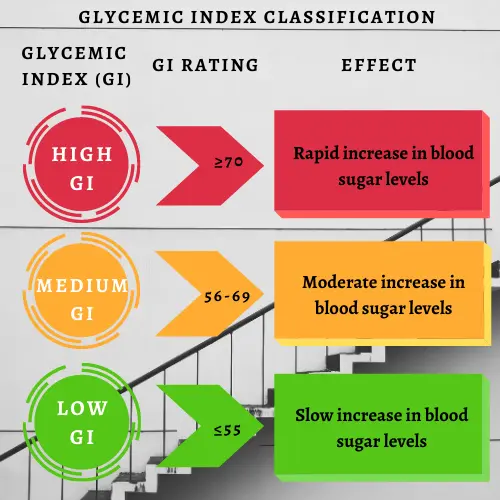What are the foods that can be tested for GI?
- What are the foods that can be tested for GI?
Food or beverage that contains carbohydrate can be tested. If you have any enquiries, please contact us to find out more.
The Glycemic Index Research Unit (GIRU) has trail-blazed into the foray of assessing the quality of carbohydrates in local Asian foods - a first in Asia. This is the first and only facility accredited by Singapore Accreditation Council (SAC)) to conduct Glycemic Index (GI) testing and research using Singaporeans as human subjects to develop a local GI database.

GIRU has been in the forefront of both in vivo and in vitro GI testing and strives to support the needs of the industry through offering a suite of consultancy services in low GI product development and testing to Small & Medium Enterprises (SMEs) and Multinational Corporations (MNCs). For over a decade, GIRU has been providing a range of clinical nutrition research services in addition to GI testing.
In 2017, the GIRU team received the Innergy award from the Ministry of Education (MOE) for our innovation efforts.

A low GI diet causes a gradual rise in blood sugar levels that has shown to:

Eat two or more servings of fruits and vegetables every day
Include more beans and legumes such as soybeans and chickpeas in your diet.
Substitute your high GI breads, rice, and cereals with low GI varieties.
Consume less processed food. Use rolled oats instead of instant oats.
Include at least one low GI food in every meal.
Consume lower GI staple such as wholegrain cereals (e.g. brown rice & barley)
GI testing (in vivo) is conducted in heathy human subjects. Glucose is used as the reference food to compare against the test food. The reference food has to be taken two to three times on separate days and test food is tested at least once in each subject. A minimum of 10-12 subjects will be involved to determine the GI value of a test food.
Food or beverage that contains carbohydrate can be tested. If you have any enquiries, please contact us to find out more.
You are eligible to participate in Glycemic Index testing if you fulfil the criteria listed below:
Age: 19-60 years
BMI: 18.5-25 kg/m2
Healthy, non-smoking, no history of illness
Note: The requirements differ for different research studies. Please contact us below to find out more!
We are located in Temasek Polytechnic at the Glycemic Index Research Unit (GIRU), East Wing, Block 1A, Level 1, Unit 83. The nearest MRT station is Tampines West (DT31). GI testing is conducted in the morning after an overnight fast.
If you are interested to participate in the GI testing or have any further enquiries, kindly contact us below.
Click here to email
Glycemic Index Research Unit
Temasek Polytechnic
East Wing, Block 1A, Level 1, Unit 83
21 Tampines Ave 1
Singapore 529757
